Information on Types Of Wallcoverings
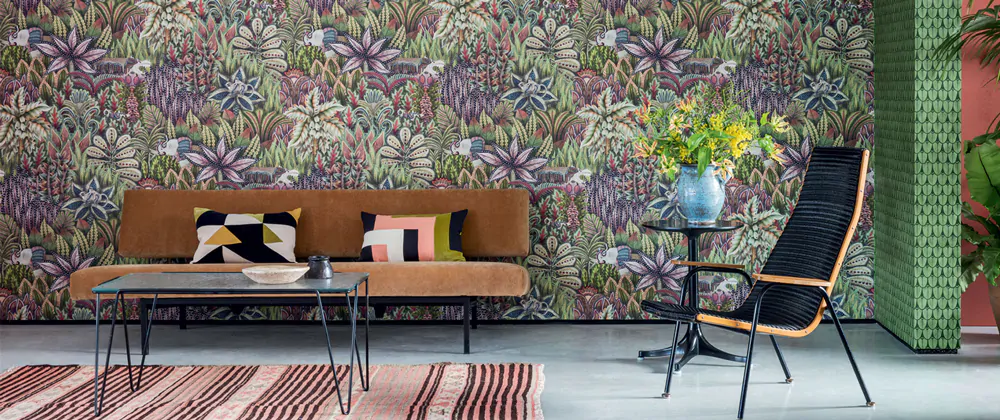

Although wallcoverings are often called wallpaper, by no means all of them are made solely from wood pulp. Indeed, there is a huge choice of paper-backed fabrics, ranging from exotic silks to coarse hessian, and natural textures such as cork or woven grass, sisal and jute.
Plastics have widened the choice still further: there are paper, backed or cotton-backed vinyls, and plain or patterned foamed plastics.
Arte International a luxury wallpaper brand use a technique that Arte wallcoverings have mastered and it is thermoforming, which is where motifs are pressed into fabric using heat which results in a three dimensional pattern. The resulting pattern and wallcoverng is both thick and warm, and also provides acoustical insulation properties within a room.
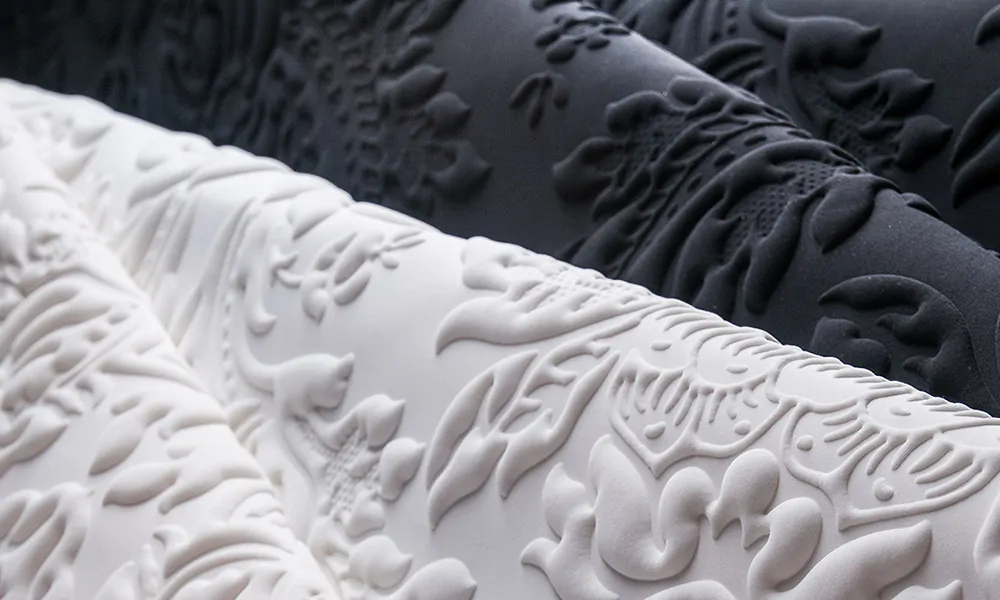

Before wallpaper became popular fabric textile wallcoverings were commonly used to decorate interiors, and this is still done today from brands such as Dedar, Arte and Elitis wallcoverings, using unbacked fabrics glued or stretched across walls.
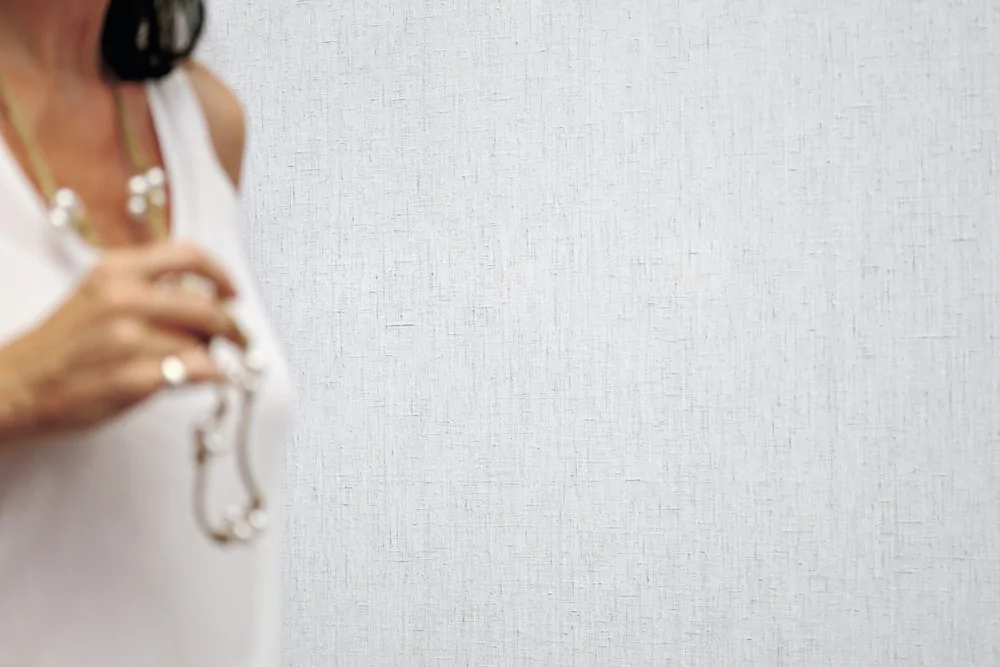

Ensuring a suitable surface:
Before hanging any wallcovering, make sure the surface of the wall or ceiling is clean, sound and smooth. If damp and organic growth are present, they must be eradicated. Also, consider whether you should size the surface to reduce paste absorption.
Wallcoverings that camouflage:
Although a poor surface should be repaired, some wallpaper coverings hide minor blemishes, as well as providing a foundation for other finishes.
Expanded-polystyrene sheet.
Thin polystyrene sheet is used for lining a wall before papering. It reduces condensation and also bridges hairline cracks and small holes. Polystyrene dents easily, so don't use it where it will take a lot of punishment. There is a patterned version for ceilings.
Lining paper.
This is a cheap buff-coloured wallpaper for lining uneven or impervious walls prior to hanging a heavy or expensive wallcovering. It provides an even surface for emulsion paint. Our tip is not to always go for the cheapest go for a decent weight and read our short guide on how to hang lining paper.
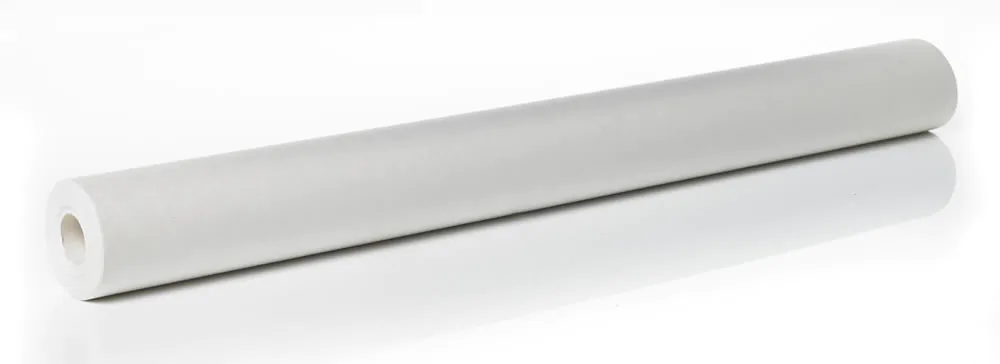

Printed wallpapers:
One advantage of ordinary wallpaper is the superb range of printed colours and patterns, which is much wider than for any other wallcovering. Most of the cheaper papers are machine-printed but that is to say they are not of decent quality, just browse some of the stunning designs you can find for printed wallpapers.
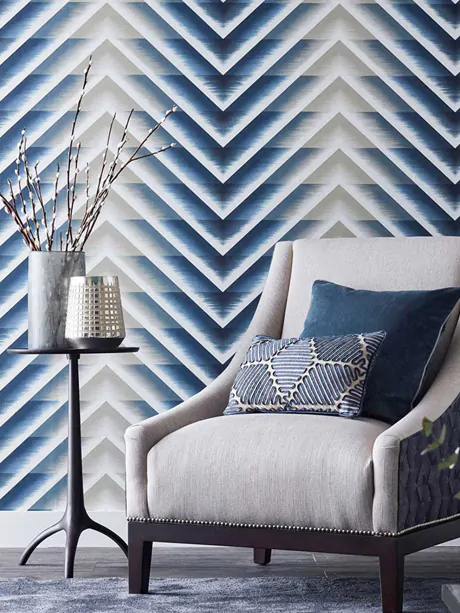

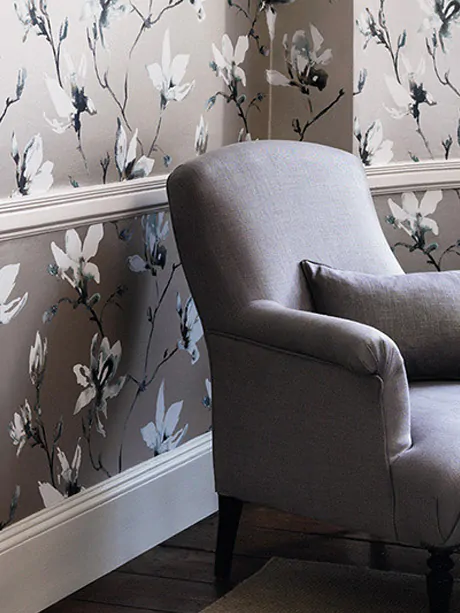

The more costly hand-printed papers are prone to tearing when wet, and the inks have a tendency to run if you smear paste on the surface. They are not really suitable for walls exposed to wear or condensation. Pattern matching can be awkward, because hand printing isn't as accurate as machine printing. Brands familiar with hand printed wallpapers include Watts of Westminster and Cole and Son wallpapers.
Relief papers:
Some wallpapers, known as reliefs, have deeply embossed patterns. These papers are invariably painted, with satin-finish paints, emulsion or water-based acrylics.
Lincrusta - which was the first embossed wallcovering, consists of a solid film of linseed oil and fillers fused onto a backing paper before the pattern is applied with an engraved steel roller. It is still available, though many people prefer embossed-paper wallcoverings or the superior-quality versions made from cotton fibres.
Lightweight vinyl reliefs are also popular. During manufacture they are heated in an oven, which `blows' or expands the vinyl, creating deeply embossed patterns.
Washable Wallpapers:
These are printed papers with a thin finish glaze of PVA to make a washable surface. Washables are ideally suited for bathrooms and kitchens. The surface must not be scrubbed though, or the the plastic coating can be worn away.
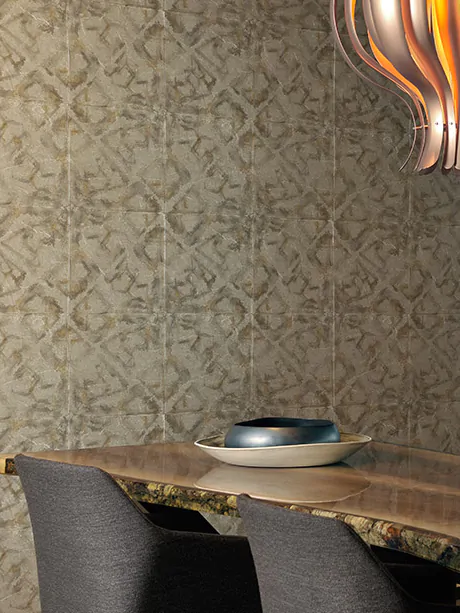

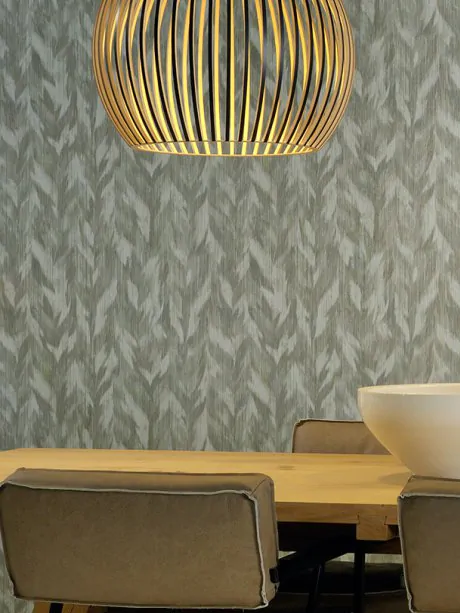

Vinyl Wallcoverings:
Vinyl paper, or sometimes a cotton backing is coated with a layer of vinyl on which the design is printed. Heat is used to fuse the colours and vinyl. The result is a durable, washable wallcovering ideally suited to use in bathrooms and kitchens.
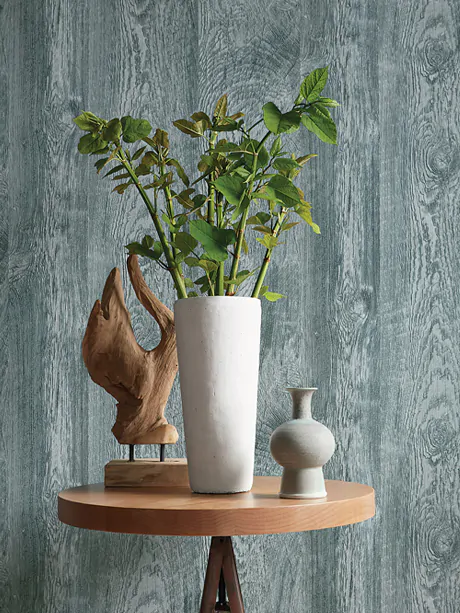

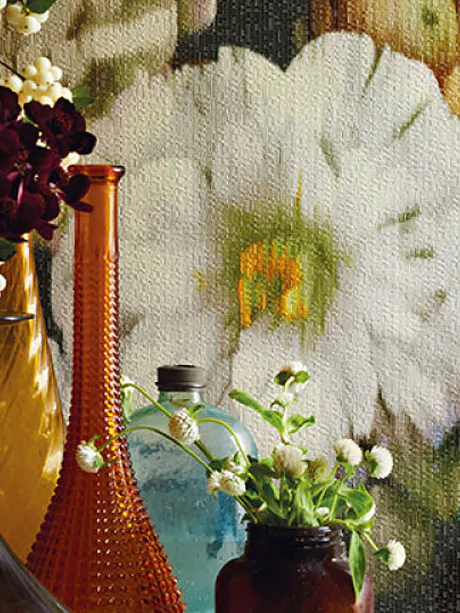

Grass Cloth Wallpapers:
Natural Grasses, such as sisal, hemp or jute, are woven into a mat and glued to a paper backing. While these wallcoverings are very attractive, they are often fragile and difficult to hang. Due to it being a natural product the end result can vary greatly, but these days even metallic highlights are finding there way onto the wallpaper finishes making them even more attractive to look at.
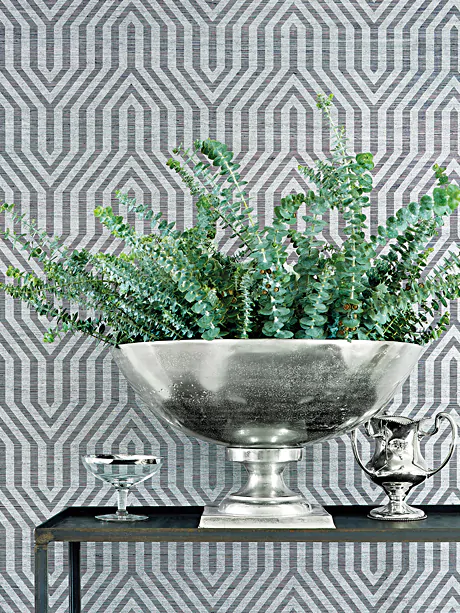

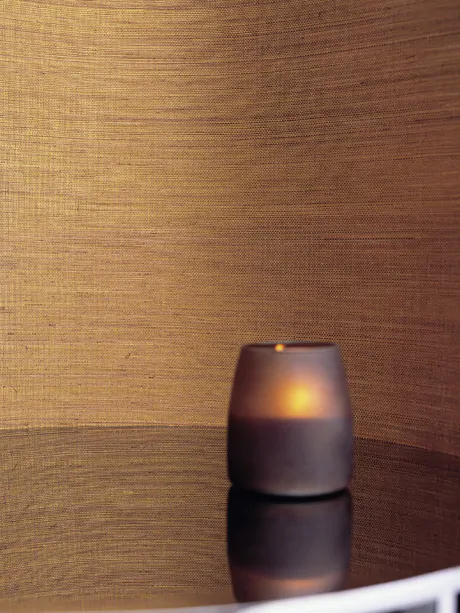

Flock Wallcoverings:
Flock papers have the major pattern elements picked out with a fine pile produced by gluing synthetic or natural fibres such as silk or wool to the backing paper. The pattern stands out in relief, with a velvet-like texture.
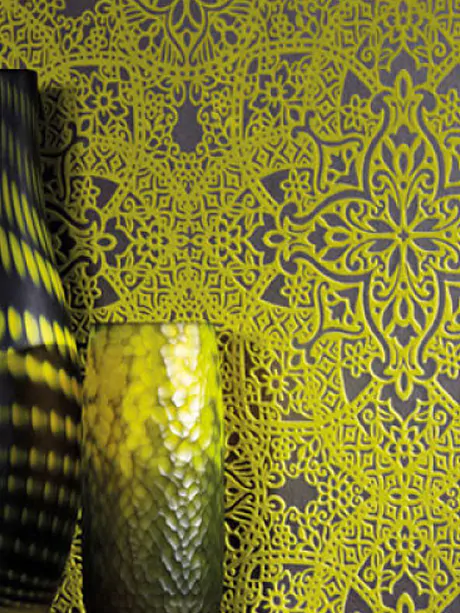

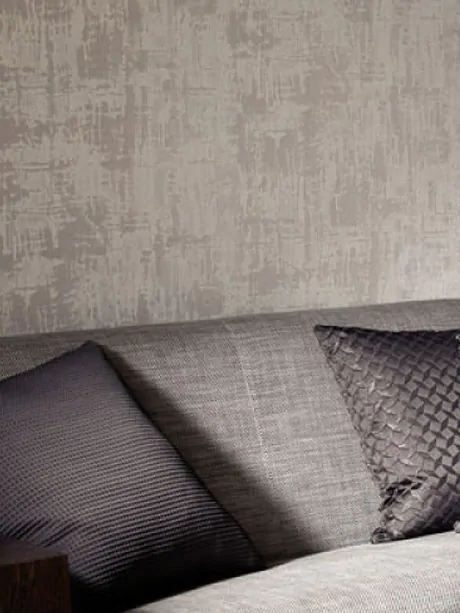

Standard flock papers can be difficult to hang to the untrained decorator, as contact with paste will ruin the pile.
Vinyl flocks are less delicate and can be hung anywhere. You can sponge flock paper to remove stains, but brush them to remove dust from the pile. Vinyl flocks can be washed without risk of damage.
Cork Wallpaper:
This is surfaced with thin sheets of coloured or natural cork. It is not spoiled as easily as other special papers. Paper-backed fabrics Finely woven cotton, linen or silk on a paper backing has to be applied to a flat surface. They are expensive and not easy to hang, so it is advisable to hire a specialist decorator. Most fabrics are delicate, but some are plastic-coated to make them scuff-resistant.
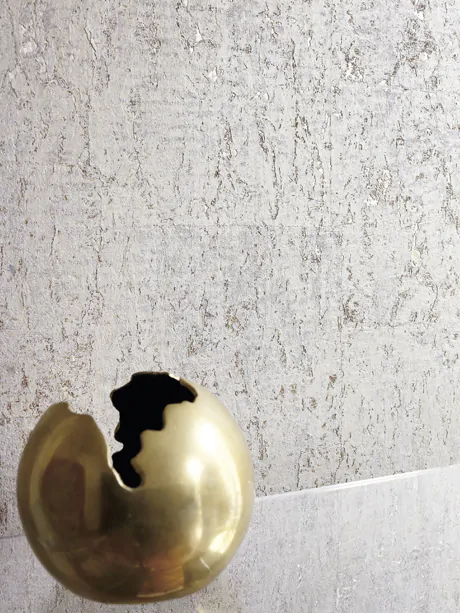

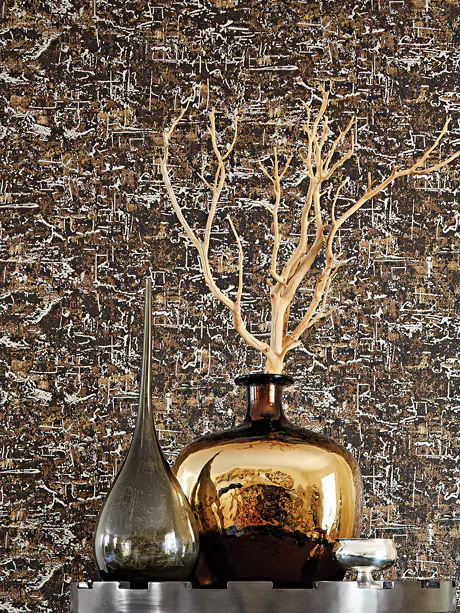

As we often get asked how much wallpaper do I need, next we give some general information and guidance on how to work out wallpaper quantities, but please we would always recommend you consult with your professional decorator.
Don't hesitate to contact us should you need some assistance or guidance choosing wallpaper types.


